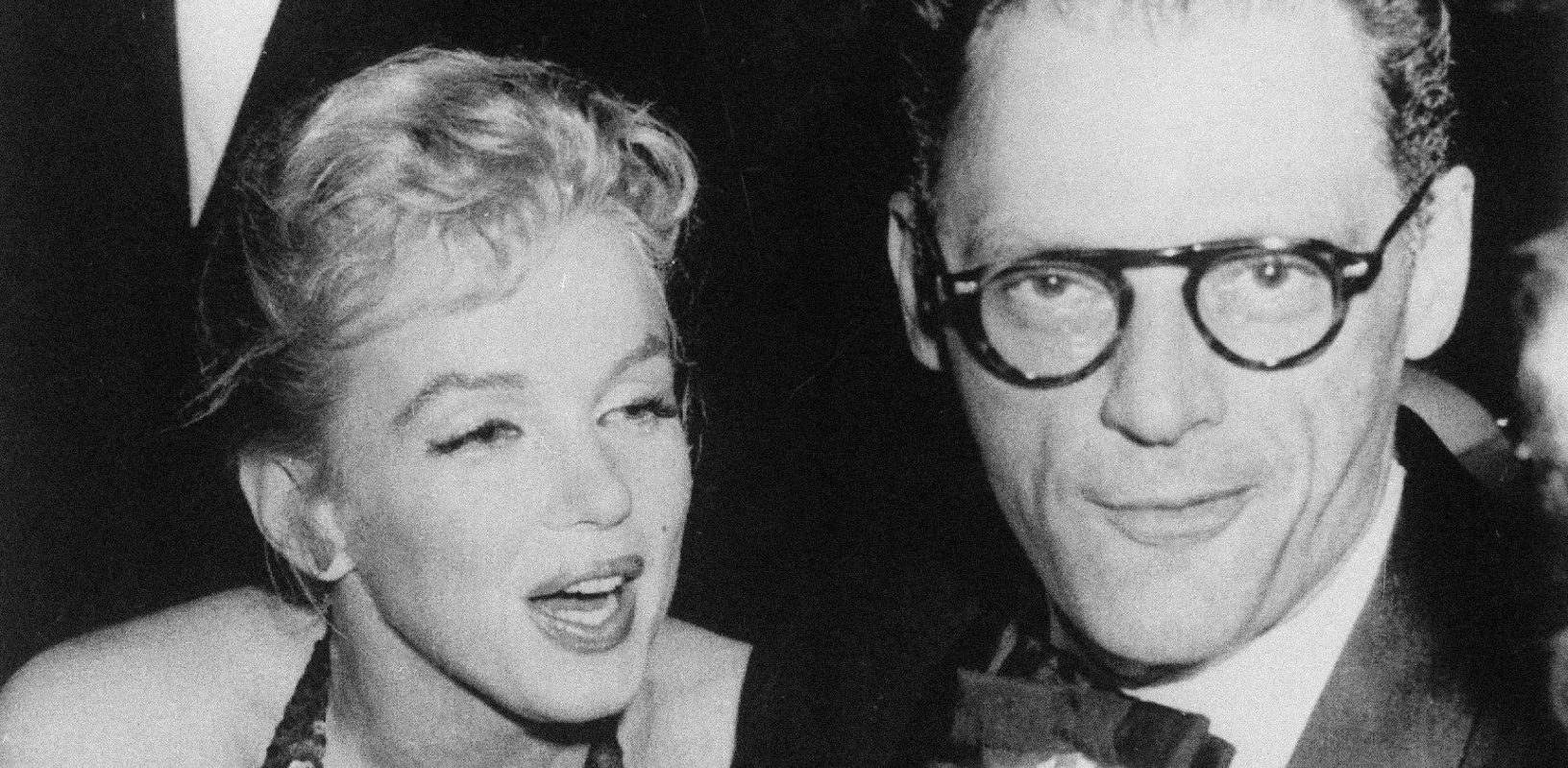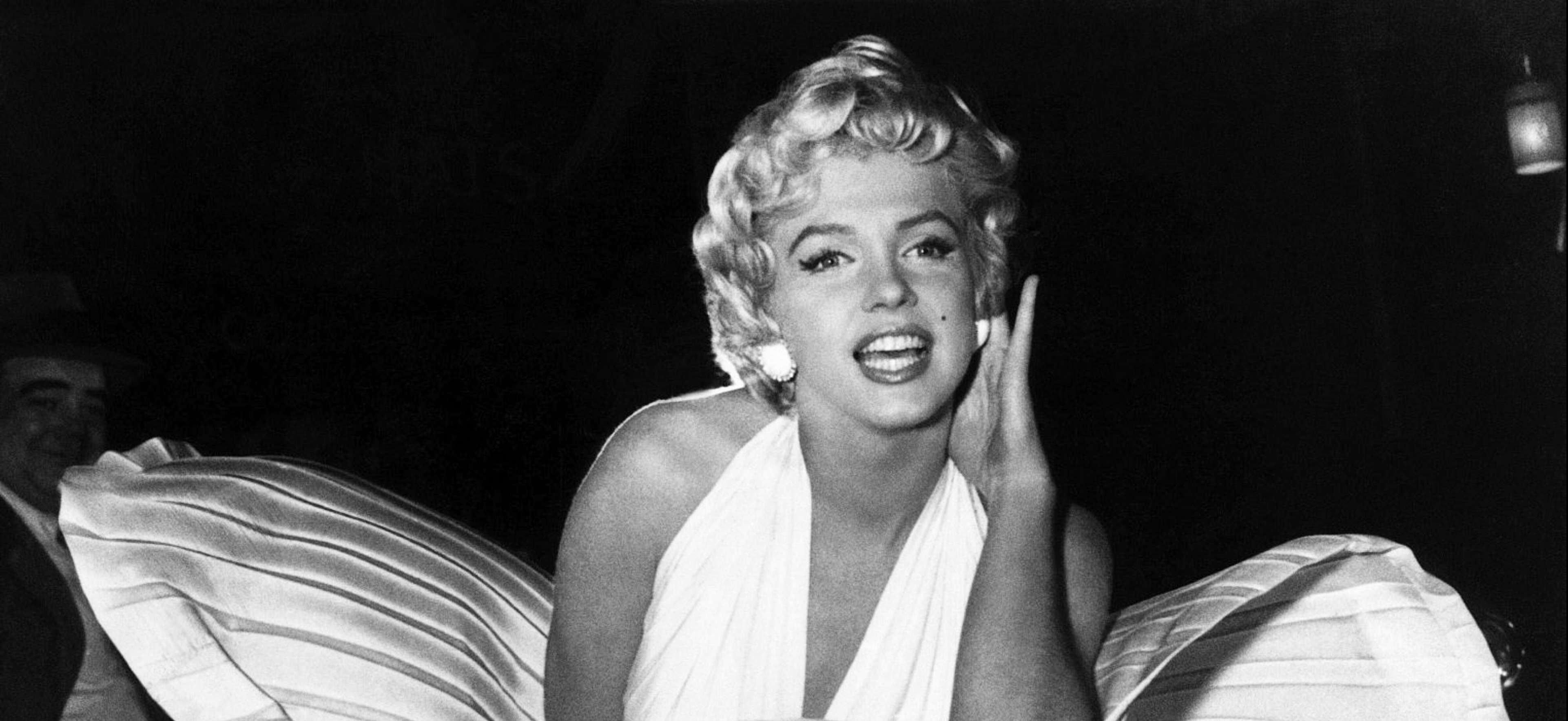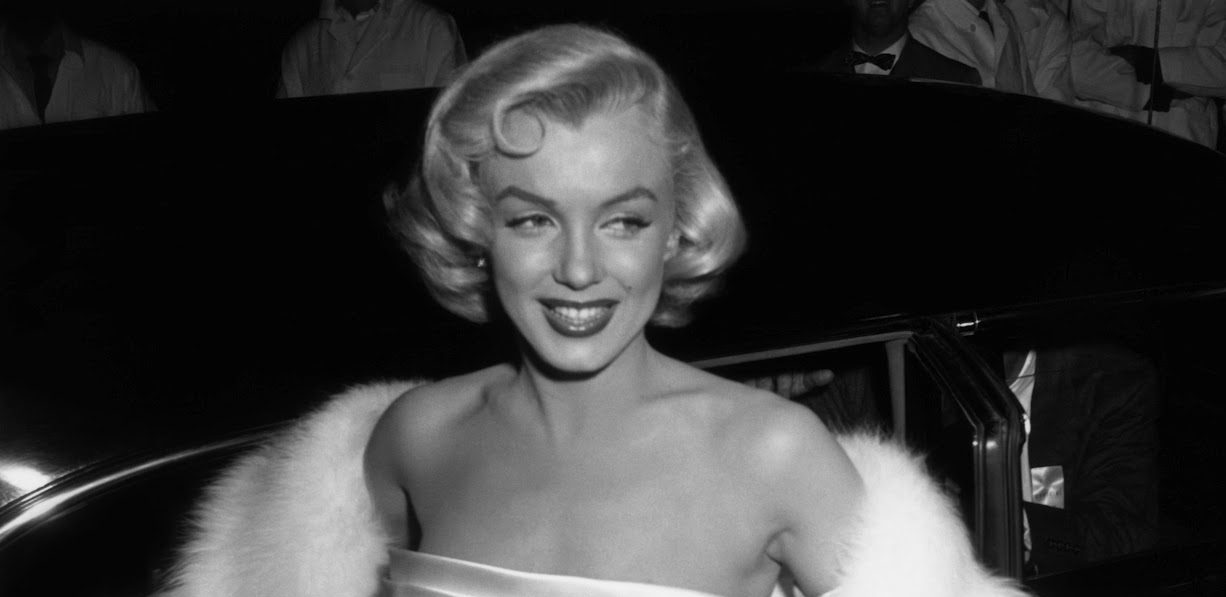Directed by Andrew Dominik, Netflix’s biographical film ‘Blonde’ opens a window to the personal life of the iconic Marilyn Monroe, exploring her relationships, marriages, and the emotional conflicts she faces before her death. During the later stage of her life, Monroe confronts several emotional struggles, which lead her to prescription drugs and alcohol. Even her legendary career gets affected by the same. The film also depicts how the drugs lead her to her tragic death, at the age of 36. Intrigued by these developments that happened in Monroe’s life, we have found more about the pills the actress took in real life. Let us share our findings!
A Troubled Sleep: The Pills Marilyn Monroe Took
Marilyn Monroe’s emergence as an actress also paved the way for several changes in her life. J. Randy Taraborrelli expressed his suspicion that Monroe was possibly dependent on sleeping pills by 1953 in his book titled ‘The Secret Life of Marilyn Monroe.’ Even during her life with Joe DiMaggio, Monroe “could not sleep without pills,” as per Taraborrelli’s book. By 1960, her psychiatrist Ralph Greenson was prescribing her a barbiturate named Nembutal. Barbiturates are sedative-hypnotic medications used as depressants, which lower neurotransmission levels. Nembutal, in particular, is used to treat insomnia.

“Doctors had gone along with her [Monroe’s] demands for new and stronger sleeping pills. Even though they knew perfectly well how dangerous this was. There were always new doctors willing to help her into oblivion,” Monroe’s third husband Arthur Miller said about the same, as per Taraborrelli’s book. According to medical historian Dr. Howard Markel, Monroe consumed several other barbiturates such as Amytal, sodium pentothal, Seconal, phenobarbital, etc. This was in addition to methamphetamine, Dexedrine, Benzedrine, Dexamyl, morphine, codeine, Percodan, and Librium. Furthermore, alcohol also found a space in her life. According to Markel, the actress had access to sedatives, soporifics, tranquilizers, opiates, “speed pills,” and sleeping pills.
Towards the end of Monroe’s life, Monroe used to give herself “injections of phenobarbital, Nembutal, and Seconal—which she referred to as a ‘vitamin shot,’” as per ‘The Secret Life of Marilyn Monroe.’
Monroe Died of a Barbiturate Overdose
Marilyn Monroe was found dead on August 5, 1962, at her home in the Brentwood section of Los Angeles. An empty bottle that contained sleeping pills was discovered by her bedside, along with fourteen other bottles of pills. Then-deputy coroner Thomas Noguchi conducted her autopsy on the same day and it was determined that she died on August 4, 1962. The toxicological analysis performed concluded that Monroe died of a barbiturate overdose. A count of “eight milligrams of chloral hydrate and four and a half milligrams of Nembutal” was found in her blood, in addition to “thirteen milligrams, a much higher concentration, of Nembutal” in her liver, as per Donald Spoto’s ‘Marilyn Monroe: The Biography.’

Nembutal and chloral hydrate, if taken together, forms a lethal cocktail since the two drugs increase or “potentiate” the impact of the other. As per Dr. Markel, Monroe used to have both of these together with Champagne to counter her insomnia. The same procedure might have caused her death. Several theories suggest Monroe’s death was or wasn’t a suicide. Psychiatrists from the Los Angeles Suicide Prevention Center, who assisted the Los Angeles County coroner’s office to investigate her death, concluded that her death was a “suicide or at least a gamble with death.” Prosecutor John Miner, who was associated with the case, did not think the actress killed herself.
Read More: Marilyn Monroe Car Accident: When and How Did it Happen?


You must be logged in to post a comment.